Physical Address
1 Riverwood Drive
Moncks Corner, SC 29461
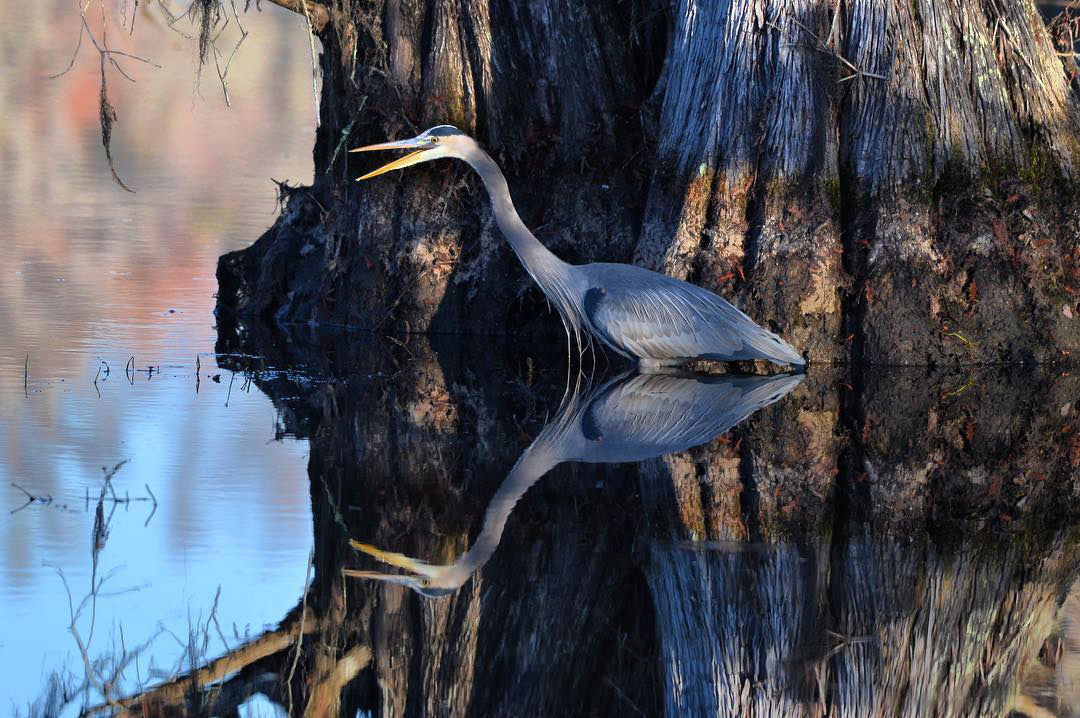
Bird watching, or birding as it is often called, is more than just a hobby; it’s a passion that has connected people with nature for centuries. The Lowcountry of South Carolina, with its salt marshes, ancient oak forests draped in Spanish moss, and miles of pristine coastline, offers some of the most picturesque bird-watching habitats in the United States.
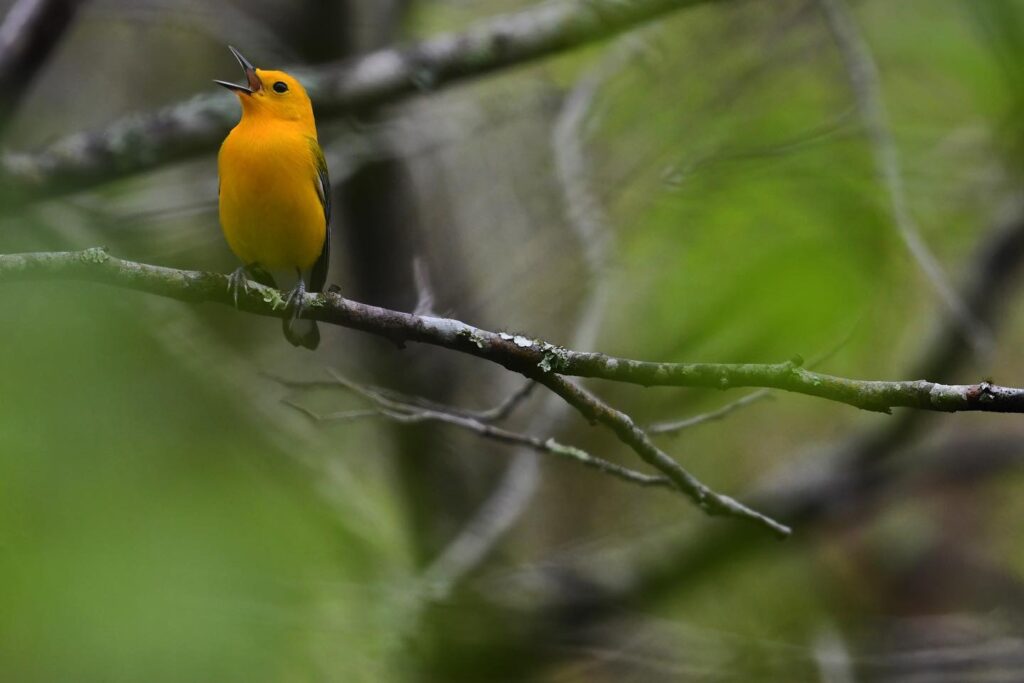
This region is a magnet for a wide variety of bird species, making it a paradise for both seasoned birders and curious beginners.
People get into bird watching for a variety of reasons, each personal and unique, but several common motivations spark an interest in the hobby. Some include a love for nature, a sense of wonder and curiosity, the opportunity for relaxation and mindfulness, escapism, social connection, the thrill of discovery, and emotional fulfillment that comes from interacting with wildlife.
For Brad Sale, Old Santee Canal Park Director, bird watching started as a way to spend more time with his parents.
“We were always a nature-loving family, but when my parents retired from teaching, they got into birding,” said Sale. “When they would visit me, they would be gone all day, so if I wanted to see them, I would have to go out birding with them.”
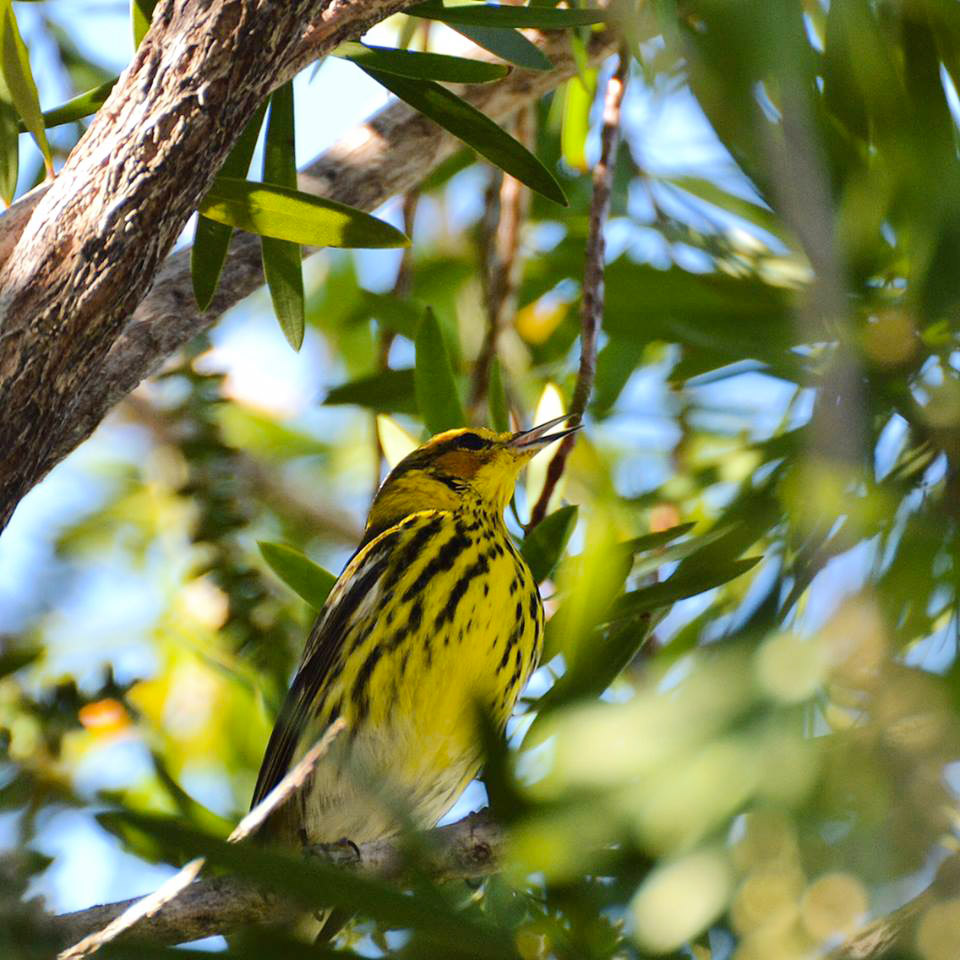
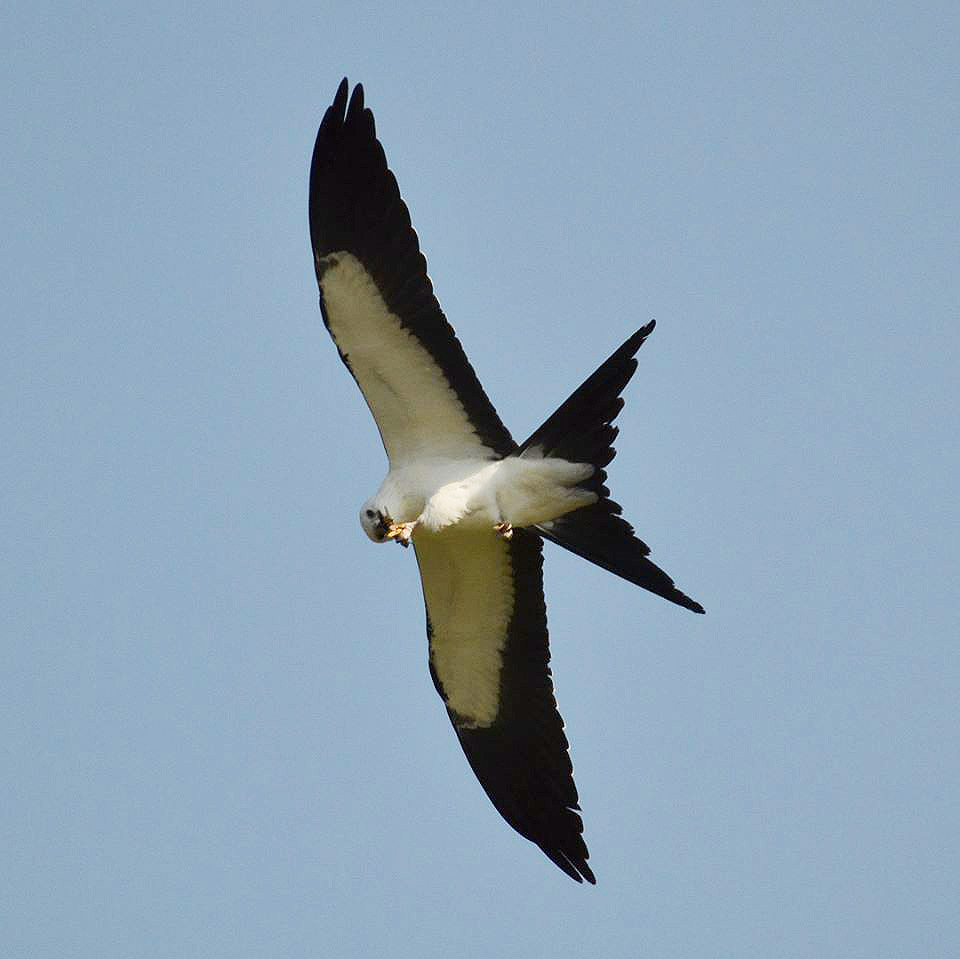
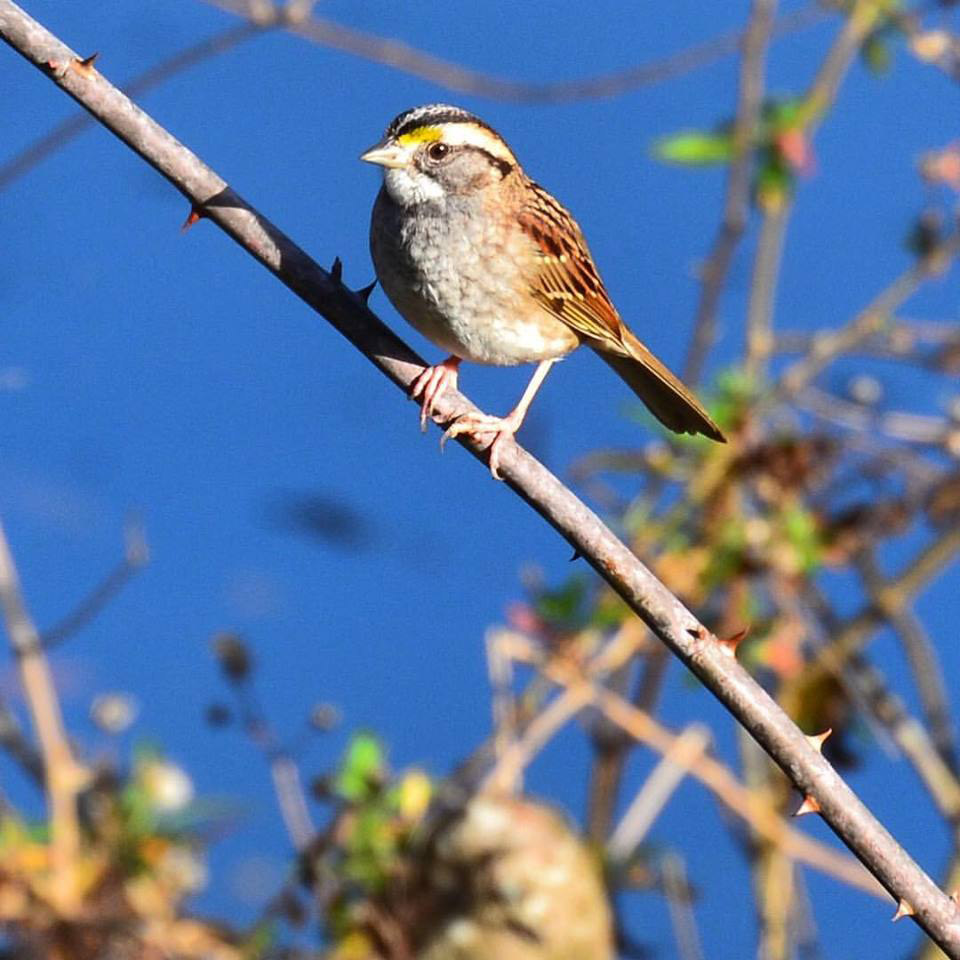
Although it began as a family activity, Sale’s passion for nature has transformed bird watching into something much more. Since he began birding with his parents eight years ago, he has worked to inspire others to join the hobby. Beyond fostering an appreciation for nature, he has strengthened connections among families, friends and communities through this shared activity.
Sale encourages people to get involved by sharing his love for nature, making birding fun and social, offering educational opportunities, highlighting how accessible birding is, and showing how easy it is to get started. He incorporates tracking apps, making the experience more engaging, and emphasizes how birding can evolve into a lifelong passion.
One way Sale engages the community is by leading quarterly, guided bird walks at Old Santee Canal Park in Moncks Corner. These two-hour strolls around the different ecosystems of the park offer participants the chance to spot resident and migratory birds.
“Birding is becoming a popular hobby, and we see that in our participants,” said Sale. “We get all types of people on our walks. The beauty of birding is that anyone who appreciates nature can enjoy it.
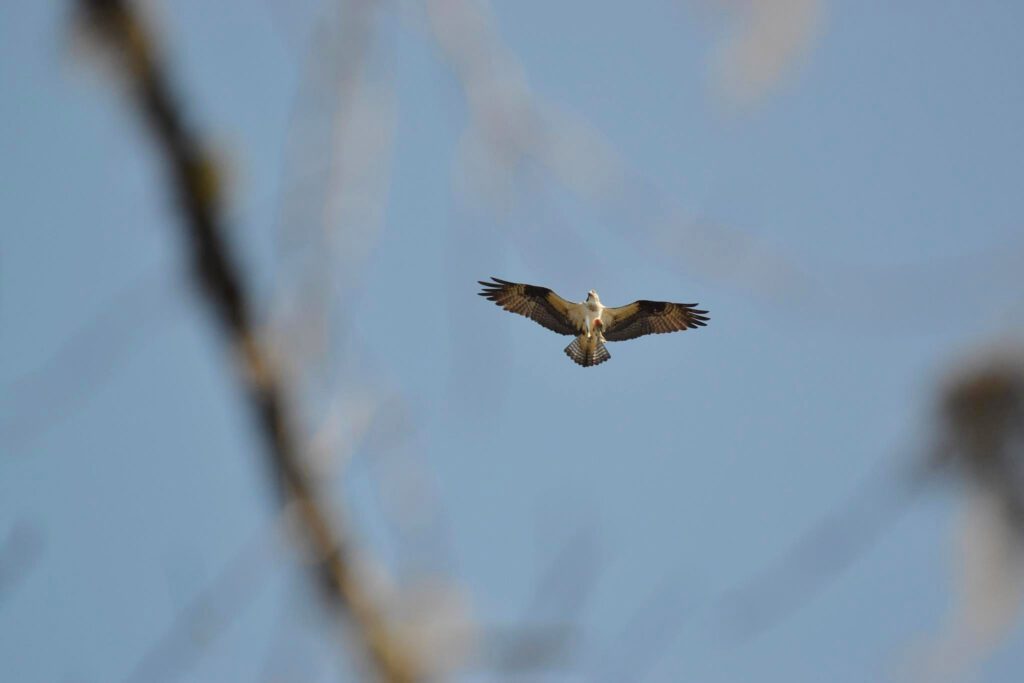
“A lot of folks ask about painted buntings, which is nice because they visit our feeders in spring and summer,” added Sale. “New people often ask about binocular recommendations. I always suggest the 8×42 opticals – they are ideal regardless of the brand. Many people just love to share their recent bird sightings with me, which is a joy.”
For Sale, bird watching also means exploring new places, whether in a hidden corner of Berkeley County or across continents. He admits there are “fringe benefits” to birding, such as stumbling upon beautiful waterfalls or scenic views. “You meet friendly people, and often end up discovering great local restaurants,” said Sale.
As the seasons change, so do the birds, and Sale enjoys watching migration patterns as birds pass through the park.
“One of my best sightings was a Western Tanager at the park in 2018. This bird typically isn’t found east of the Rockies, but sometimes weather, faulty internal navigation or other factors will send birds out of their normal range. So, it was exciting to find this bird at the park and to have other birders visit us to see it.”
Brad Sale
Park Director, Old Santee Canal Park
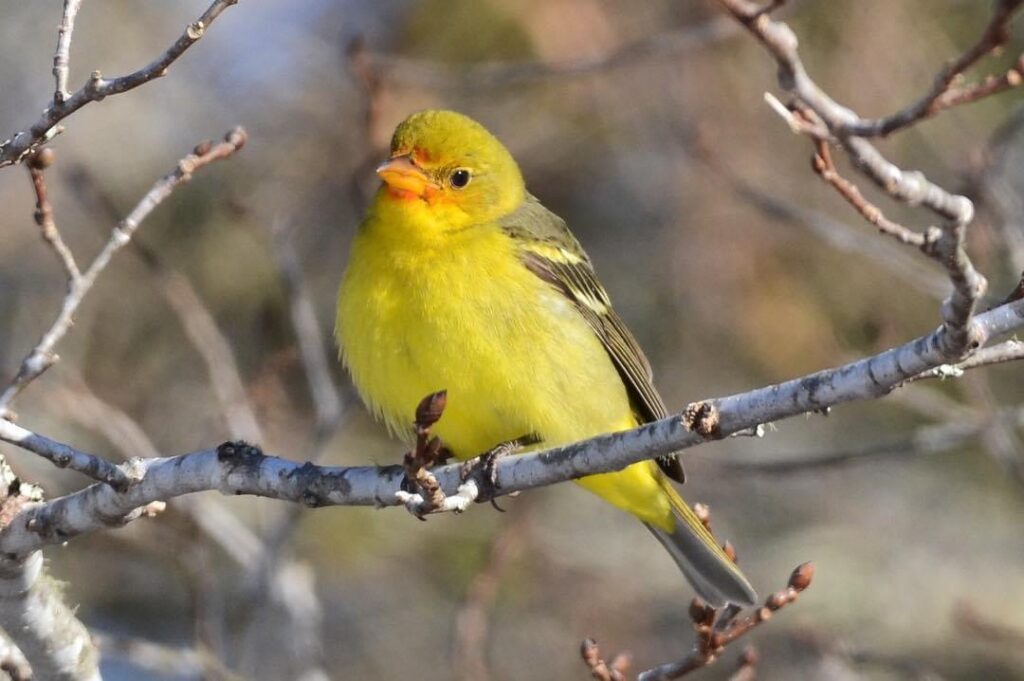
“I like observing the changes in one particular place, like Old Santee Canal Park,” said Sale. “Every season brings its own unique set of birds. When I hear prothonotary warblers, I know it’s summer. When I see a hermit thrush, I know it’s winter.”
The Origins of Bird Watching
Bird watching is not a modern phenomenon. Early humans likely observed birds for survival, learning which species were safe to hunt or signaling changing seasons. But as civilization advanced, people began watching birds out of curiosity and enjoyment.
By the 18th and 19th centuries, with the rise of ornithology—the scientific study of birds—bird watching became more structured. Naturalist John James Audubon was among the first to create detailed illustrations of American birds in their habitats. His book, The Birds of America, published in the early 1800s, helped ignite interest in bird watching in the U.S. Advances in optical equipment and the popularity of field guides further fueled the hobby, turning it into a mainstream activity enjoyed by millions worldwide.
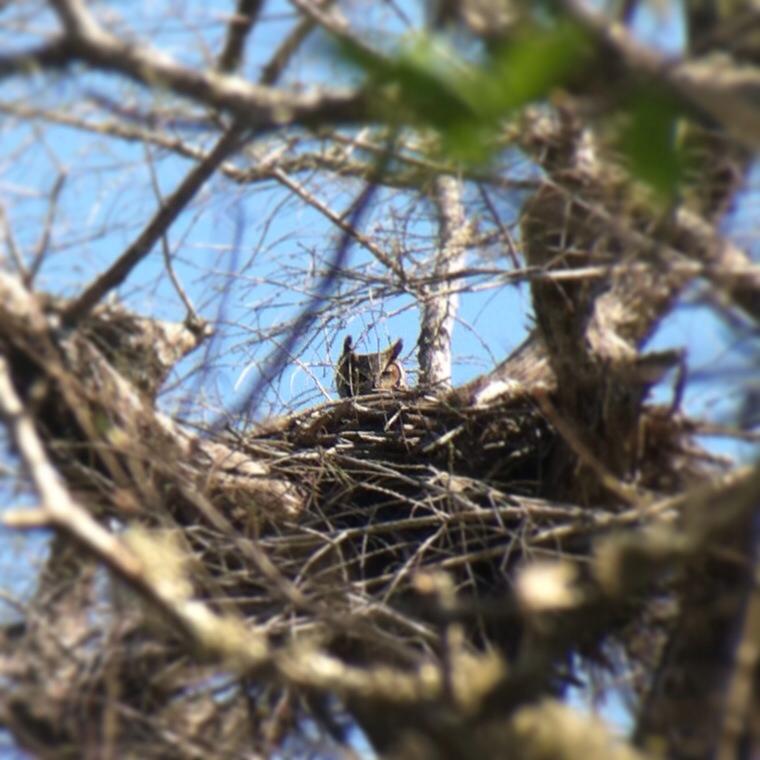
The Basics of Bird Watching
One of the most appealing aspects of bird watching is its accessibility. You don’t need to venture far to get started—a pair of binoculars, a field guide, and some patience are all you need. Many birders begin in their own backyard, learning to identify common species like sparrows, robins and cardinals.
As experience grows, so does the thrill of spotting different species and understanding their behaviors. Birding requires keen observation, as birds often reveal themselves briefly—a rustle in the bushes, a flash of color in the trees, or a distant call that signals their presence.
Identifying species often begins with recognizing key features such as size, shape, plumage, beak type and behavior. With time, bird watchers learn to distinguish birds by both sight and sound.
The coastal plain of South Carolina, especially Berkeley County, is rich in bird diversity. Warblers, woodpeckers and quail thrive in the pine and hardwood forests, while ducks and cormorants prefer the lakes and swamps. The region’s variety of habitats makes Old Santee Canal Park a unique place for birding.
The variety of habitats, including the swamp, but also the Cooper River frontage, open field and pine tree forests allow for many different types of birds and make Old Santee Canal Park a great and unique place for birding.
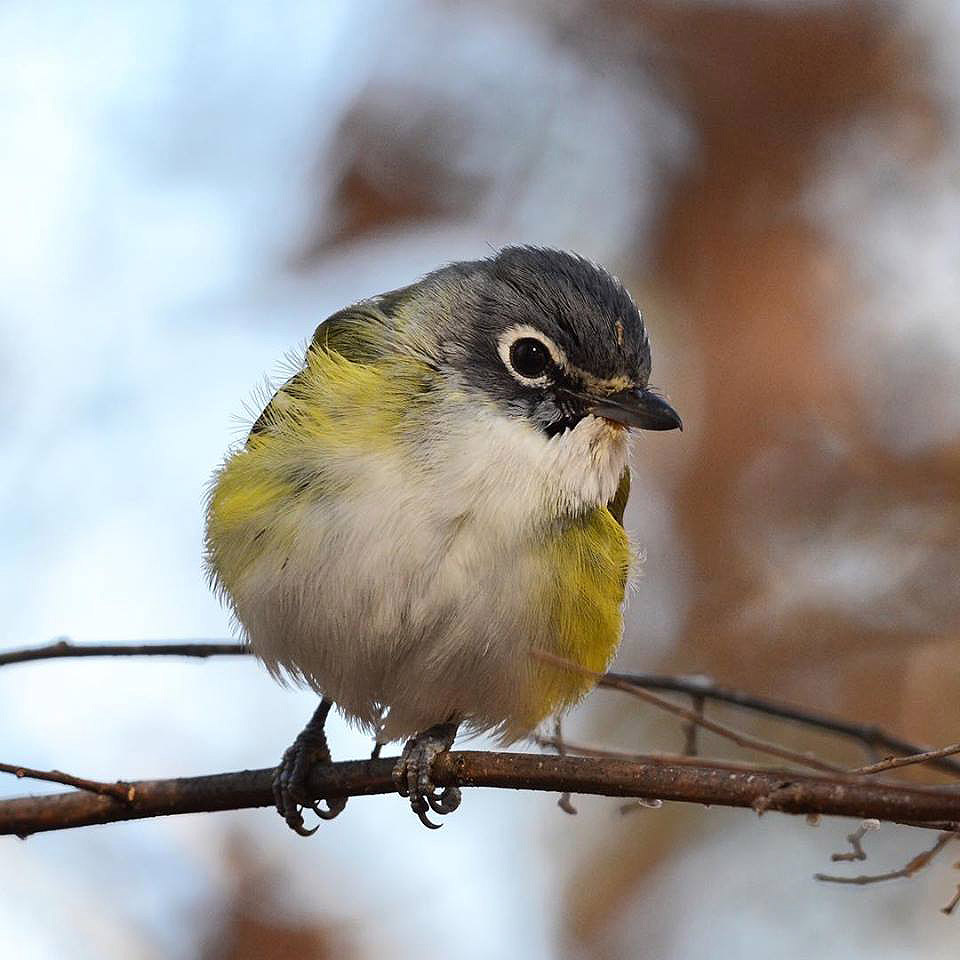
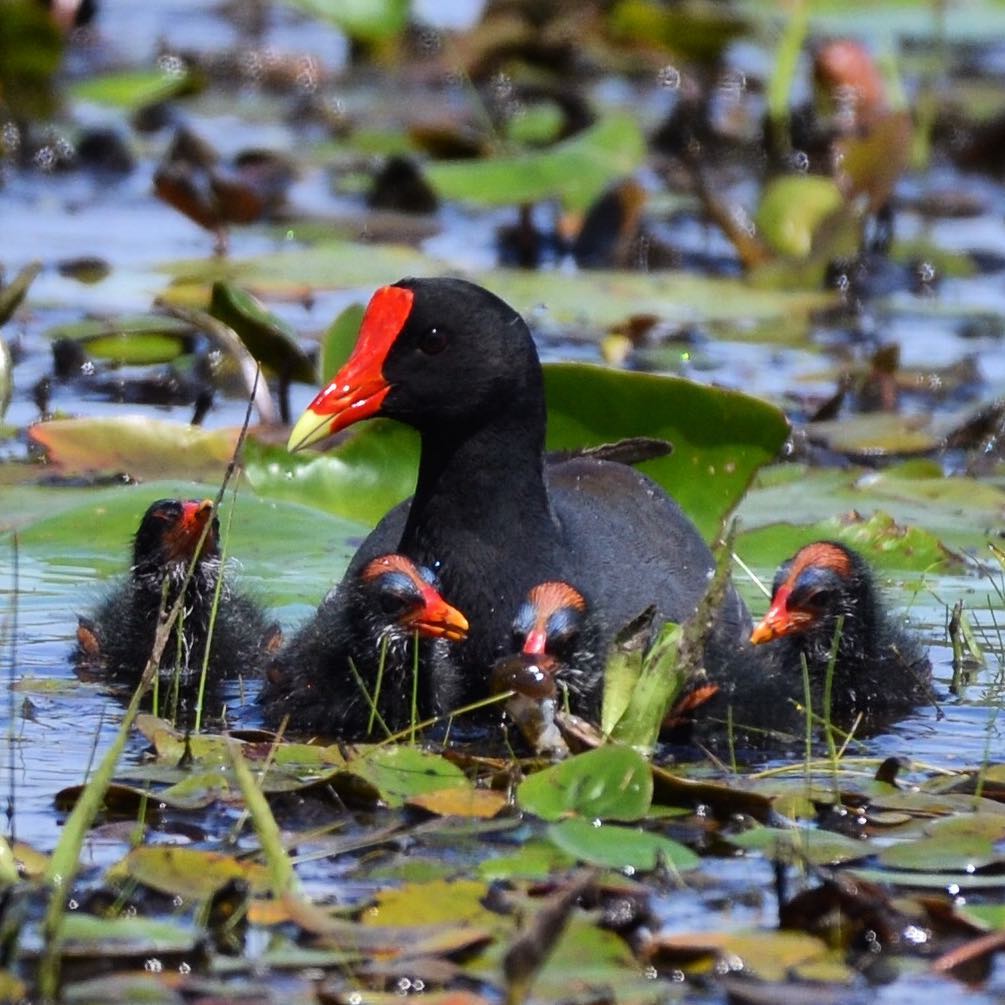
“It’s rare to visit a park and find so many habitats so close together,” said Sale. “Along with our bird feeders, it makes this a great place to visit.”
Beyond searching for birds, birders are drawn to exploring new places, and Camp Hall is one such spot that sparks curiosity and excitement. Birders wonder what species inhabit the area, what the habitat offers, and if there are any hidden gems waiting to be discovered. These elements make it an intriguing destination for bird watching.
South Carolina offers many other excellent birding locations as well. Wildlife Management Areas across the state are prime spots, especially during the winter months. Sale emphasizes that “the great thing about birds is that they’re everywhere.” Whether in local parks, your own backyard, or even around Santee Cooper’s main headquarters, opportunities to spot birds abound.
Birding and Technology
In recent years, technology has transformed bird watching in profound ways. Smartphone apps like Merlin and eBird, developed by the Cornell Lab of Ornithology, have revolutionized bird identification and record-keeping. These apps allow birders to quickly identify species based on appearance or song, and eBird lets birders log their sightings into a global database, helping researchers track bird populations and migration patterns.
“Call me lazy, but I prefer downloading the birds of Ecuador to my phone rather than carrying around a 1,000-page guide,” said Sale. “I use technology to assist, but without losing the ‘why.’ If my phone says it’s a yellow-rumped warbler, I want to know what field marks confirm it.”
Social media and online communities also bring bird watchers together. Platforms like Facebook, X and Instagram allow enthusiasts to share experiences, seek help with tricky identifications and connect with fellow bird lovers, creating a global network of birders.“Bird watching can be overwhelming at first,” said Sale. “Start with a group of birds you like, and don’t get discouraged by how nice someone’s binoculars are or how many species they’ve seen. This hobby is personal— you make it your own, and no one can take that from you.”


Audubon South Carolina, the state office of the National Audubon Society, is a great resource for learning more about the birds of South Carolina, the conservation efforts happening to protect bird habitat, and even bird and birding Q&A.